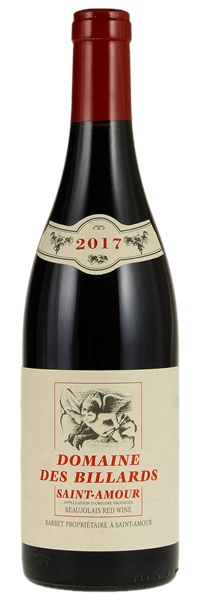Removed from a professional wine storage facility; Obtained by inheritance; Consignor is second owner

Image above is an example. To view the image of the lot, click the item number.
Estimate
Intense cherry and red berry preserves on the powerfully scented nose, along with hints of candied flowers and exotic spices that build in the glass. Highly energetic and appealingly sweet, offering palate-staining raspberry and cherry flavors that are supported by a spine of juicy acidity. Takes a turn to darker fruits on the youthfully tannic finish, which clings with impressive tenacity and resonating florality.
Notes of sweet raspberries, strawberries and cherries...a medium to full-bodied, ample and satiny wine with a hearty core of sun-kissed fruit and a warm, generous finish.
Solid and sweet with lots of chew... Really pretty solid, chunky style.